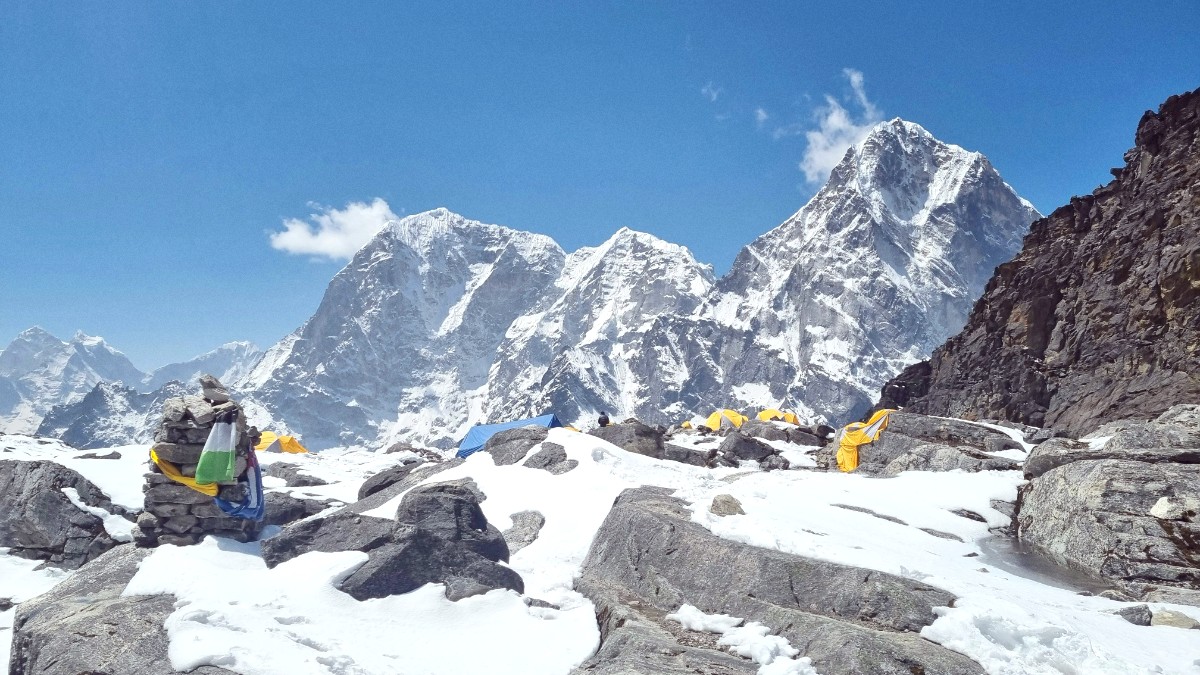
Nepal
Kathmandu holds limited dedicated bicycle infrastructure. Cyclists share the road with motor vehicles, and traffic may appear heavy and aggressive. Wear a helmet and consider off-road trails or quieter areas for cycling. Avoid walking or cycling on busy main roads in Kathmandu, especially during peak hours. Sidewalks frequently appear narrow, non-existent, or obstructed. The risk of accidents stands higher in these areas. Bicycle rentals are available in Kathmandu, especially in Thamel. This may serve as a good way to explore central areas or nearby towns like Bhaktapur or Patan, but navigating the main roads with heavy traffic may prove intimidating.
Consider cycling in less congested areas to maximize enjoyment and safety. Guided cycling tours often present a safer way to explore, as local guides navigate traffic and road conditions. Some trails around the Kathmandu Valley offer scenic cycling experiences away from city congestion.
Available in Kathmandu, especially in Thamel.
Thamel, Durbar Square areas, and temple complexes are ideal for walking.
The EBC trek is entirely pedestrian; no vehicles between villages.
For walking or cycling.
Often obstructed or non-existent.
On main thoroughfares.
Safer and more enjoyable.
In the Everest region, unique modes of transport serve specific purposes, from emergencies to supply delivery.
When passing yaks or zopkios, always move to the uphill side of the trail.
If on the downhill side, a nudge from the animal could send you tumbling down the slope.
Stay alert for approaching animal trains and give them ample space.
For EBC, a guided tour or hiring a local guide is widely advised due to altitude risks and remote conditions.
Basic health posts in Namche Bazaar; HRA aid post in Pheriche.
Limited services higher up.
For severe emergencies, especially altitude sickness, helicopter evacuation is necessary.
Requires comprehensive travel insurance.
Your guide acts as your main contact for emergencies on the trek.
They coordinate rescues via satellite phone.
No specific vaccinations are universally "required" for entry to Nepal, unless you are arriving from a country designated as a yellow fever endemic zone. In such cases, you might need to present a yellow fever vaccination certificate. Always verify the latest requirements with your country's foreign affairs department or the Nepalese embassy/consulate well before your trip. It is highly recommended to consult a travel doctor or a specialized travel clinic 4-6 weeks before your departure to discuss recommended vaccinations for Nepal and high-altitude travel. These often include: Routine Vaccinations: Ensure your routine vaccinations are up to date (e.g., Measles, Mumps, Rubella (MMR), Diphtheria-Tetanus-Pertussis (DTaP), Varicella (Chickenpox), Polio, and your annual flu shot). Hepatitis A & B: These are common travel vaccinations. Hepatitis A transmits through contaminated food and water, while Hepatitis B may transmit through bodily fluids. Typhoid: A bacterial infection transmitted through contaminated food or water, causing fever and other symptoms. Japanese Encephalitis: Recommended if you plan to spend extended periods in rural areas, especially during the monsoon season, and depending on risk assessment by your doctor. Rabies: Recommended for trekkers who might have contact with animals (dogs, monkeys) or are at higher risk of animal bites, especially if medical care is not immediately available.
Reputable private hospitals like CIWEC Hospital and Norvic International Hospital cater to international travelers.
Basic health posts in larger villages (e.g., Namche Bazaar). Pheriche has an aid post by Himalayan Rescue Association (HRA).
Carry a laminated card: guide's number, insurance policy number, 24-hr insurer contact, personal emergency contacts.
Prioritizing these health and safety considerations transforms your EBC trek from a potentially risky undertaking into a well-managed adventure.
Readiness is your greatest ally in the mountains.